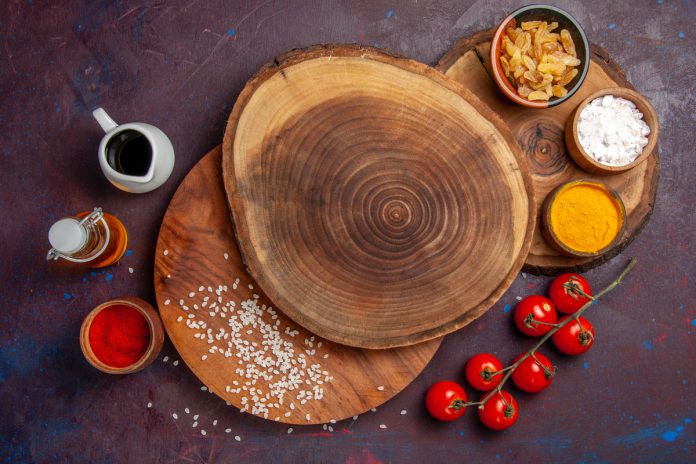While cooking techniques in modern Indian kitchens have evolved over time, some traditional houses continue to employ old slow cooking methods. Not only are they a healthy and sustainable method to prepare meals, but they are also far more genuine and tastier, paying homage to Indian traditional cooking. There are still Indian families that prefer drinking/sprinkling water in mud jars; however, this has been adopted globally as Ayurveda sheds light on the optimal usage of mud vessels and the advantages they provide. Mud jars have been used in Indian society since ancient times, going back to the Indus Valley society and archaeological digs at sites like Mohenjodaro.
The art of mud vessels
The art of crafting mud vessels in India is a centuries-old tradition that has been passed down through generations of skilled potters. The process starts with sourcing clay from local riverbeds, which is then cleaned, kneaded, and shaped into various forms using techniques like coiling, moulding, and wheel-throwing. These vessels are then sun-dried and fired in kilns or open pits, resulting in sturdy, low-porosity earthenware. Indian mud vessels are renowned for their intricate designs and motifs, which often draw inspiration from regional folklore, religious symbolism, and nature. For instance, the Bankura horse and Chandraketugarh pottery from West Bengal are famous for their distinctive styles and motifs.
Health benefits and modern-day cooking
In recent decades, there has been a resurgence of interest in mud vessels for cooking and food preparation, driven by their perceived health benefits and eco-friendly nature. The spongy nature of earthenware allows for slow and even cooking, retaining the natural Flavors and nutrients of ingredients. Like most of us know the alkaline nature of clay can enhance the nutritional value of cooked food by leaching beneficial minerals into it.
Traditional cooking techniques like “pithapokan” (burying and slow-cooking food in earthen pots) and “Handi” cooking (using thick-bottomed clay pots) have gained popularity among health-conscious consumers and those seeking to reconnect with traditional culinary practices.
Preserving a rich legacy
Despite the prevalence of modern kitchenware and utensils, mud vessels continue to hold cultural significance in India, particularly in rural areas and among traditional communities. Numerous organizations and government initiatives, such as the “Kumhar Sashaktikaran Yojana” (Potter Empowerment Scheme), have been working to preserve and promote this ancient craft.
These efforts include providing training and financial assistance to potters, organizing exhibitions and workshops, and encouraging the use of mud vessels in daily life. By embracing these eco-friendly vessels, not only are Indians honouring their rich cultural heritage, but they are also contributing to the preservation of a sustainable and eco-friendly way of life.
Mud vessels in India represent a deep-rooted connection with nature, sustainability, and a rich cultural legacy that has endured for millennia. As the country continues to modernize, these humble vessels serve as a reminder of the importance of preserving traditional crafts and fostering a harmonious relationship with the environment.


